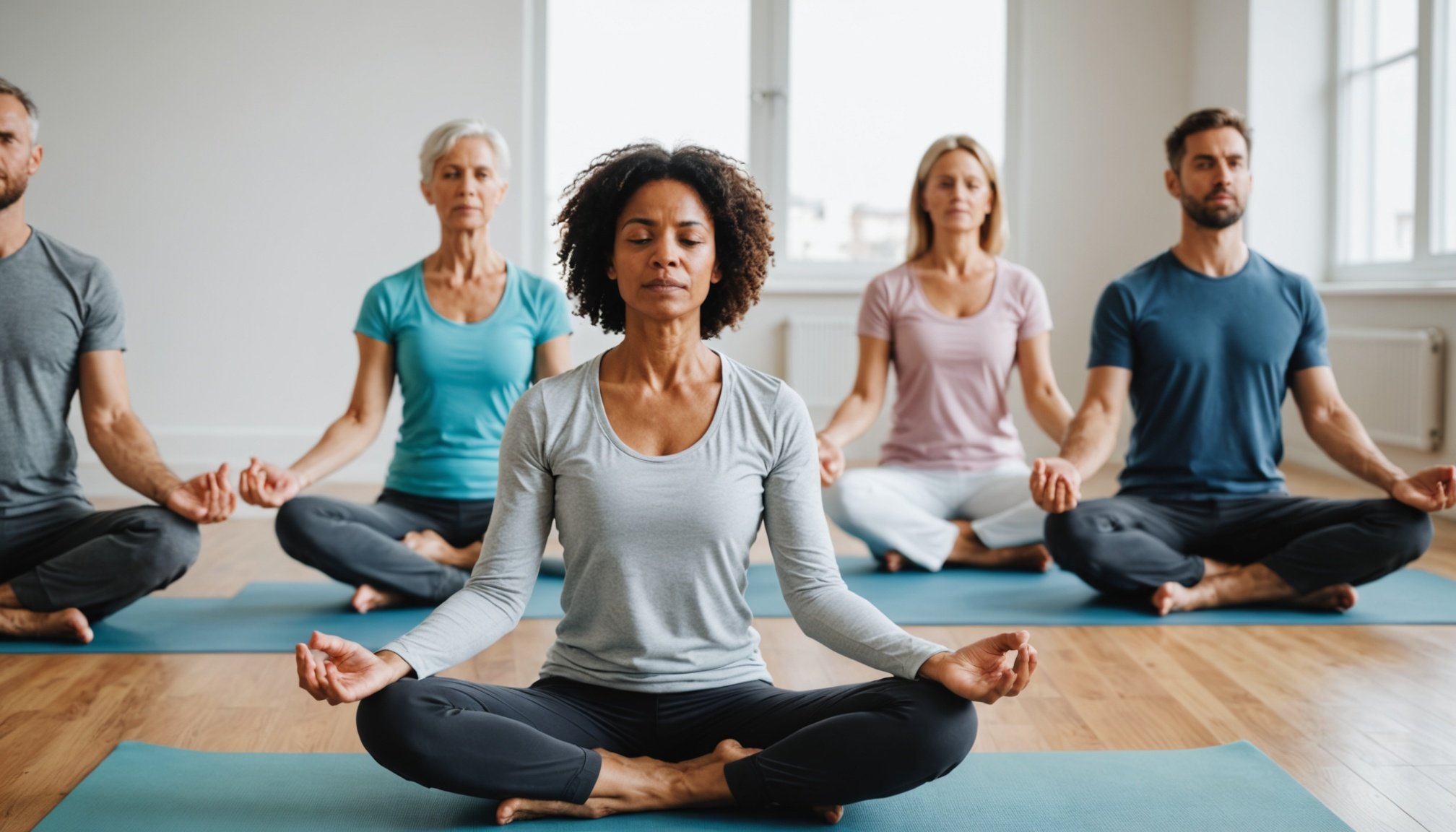Arthritis, a disease marked by joint pain and inflammation, affects millions worldwide. While traditional methods of treatment often rely on medication and surgery, a growing body of studies suggests that yoga, an ancient practice that combines physical poses, breathing exercises, and mindfulness, may offer relief to those plagued by this challenging condition. But how exactly can yoga help in managing arthritis symptoms? Let’s delve into the science and practice of yoga to uncover its potential benefits for patients suffering from various types of arthritis, including rheumatoid arthritis and osteoarthritis.
Understanding Arthritis and its Impact
Arthritis encompasses a range of conditions that affect the joints, causing pain, swelling, and stiffness. The most common forms are rheumatoid arthritis, an autoimmune disorder, and osteoarthritis, which results from wear and tear on the body‘s joints.
Also to discover : What are the key factors influencing the effectiveness of vaccination programs?
Rheumatoid arthritis affects approximately 1% of the global population. It is characterized by chronic inflammation that can lead to joint damage and disability if not properly managed. On the other hand, osteoarthritis impacts nearly 240 million people worldwide, manifesting primarily as joint degeneration, especially in weight-bearing joints like the knee and hip.
These conditions not only cause physical pain but also lead to decreased mobility, impacting one’s quality of life. The emotional toll can be equally debilitating, often resulting in anxiety and depression. With this in mind, finding complementary therapies that address both physical and mental health is crucial.
Also to see : How does the presence of chronic inflammation affect overall health outcomes?
Yoga: An Effective Complementary Therapy
Yoga, a holistic practice revered for centuries, has emerged as a promising complementary therapy for arthritis patients. Unlike high-impact exercises, yoga is gentle, making it suitable for people of all ages and physical abilities. It focuses on improving flexibility, strength, and balance, key factors in enhancing joint health.
Studies have shown that regular yoga practice can lead to measurable improvements in arthritis symptoms. A pivotal study published in the Journal of Rheumatology found that participants with rheumatoid arthritis who practiced yoga demonstrated significant reductions in joint pain and stiffness. Another research published by the DOI suggests that yoga can improve physical function in patients with osteoarthritis by enhancing muscle strength and joint flexibility.
Yoga’s emphasis on mindfulness and stress reduction also plays a critical role in its therapeutic benefits. Stress is a known trigger for inflammatory responses in the body, exacerbating arthritis symptoms. By promoting relaxation and reducing stress, yoga may indirectly alleviate pain and improve overall well-being.
Incorporating Yoga into Your Routine
For those considering yoga as a part of their arthritis management plan, it’s essential to approach the practice thoughtfully. Start by consulting with a healthcare provider to ensure that yoga is safe for your specific condition. A certified yoga instructor with experience in working with arthritis patients can tailor a routine that meets your body‘s needs.
Begin with gentle poses that focus on improving joint mobility. Poses like knee to chest, gentle twists, and modified sun salutations can be particularly beneficial. These exercises help increase circulation and reduce stiffness, making daily activities more manageable.
Engage in pranayama, or breathing exercises, to enhance lung function and reduce stress. Techniques like deep belly breathing and alternate nostril breathing can foster a sense of calm, which is invaluable in managing chronic pain.
Commitment to regular practice is crucial. Over time, you’ll likely notice improvements in flexibility, strength, and a greater sense of well-being, all contributing to a reduction in arthritis symptoms.
Scientific Evidence Supporting Yoga for Arthritis
The potential of yoga to aid arthritis sufferers is supported by a wealth of scientific research. In a landmark study conducted by Johns Hopkins Arthritis Center, participants who engaged in an 8-week yoga program reported a 20% improvement in pain levels, physical function, and energy compared to the control group.
Furthermore, a study in the Journal of Rheumatology found that yoga practitioners exhibited decreased markers of inflammation—critical in managing rheumatoid arthritis. The research highlighted that participants experienced improved mental health, owing to stress reduction and increased mindfulness.
These findings are bolstered by a comprehensive review of studies published in the Complementary Therapies in Medicine. The review concluded that yoga is a safe and effective intervention for improving physical and psychological health in people with arthritis. With consistent practice, patients can expect a meaningful reduction in pain and an improvement in daily functioning.
Though arthritis presents numerous challenges, incorporating yoga into your routine can significantly enhance your quality of life. With its gentle poses, stress-relieving techniques, and growing scientific backing, yoga offers a holistic approach to managing arthritis. For patients keen on exploring alternative therapies, yoga provides a pathway to greater joint health and overall well-being. As always, it’s important to work with healthcare professionals to tailor a practice that suits your individual needs. With sustained effort and dedication, yoga can be a transformative tool in your arthritis management arsenal.











